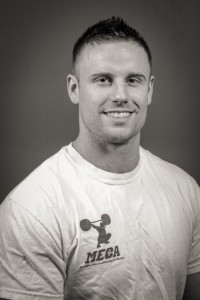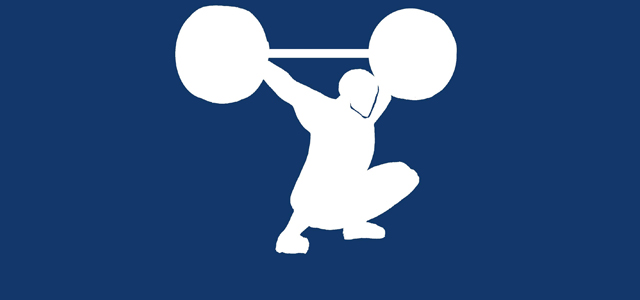Lawrence: Fixing muscular imbalances to make better hockey players

By David Lawrence –
Most hockey players have the potential to be faster, stronger, and better conditioned through the end of the third period. The best way to improve performance and endurance on the ice is through proper strength training, but the training has to be approached in the correct way. Fixing muscular imbalances is the first step in improving performance on the ice. The second step is to strengthen the posterior chain. Both of these are critical components of good hockey training, and they seem to be lacking in most weight training programs. This is why many hockey players see little return for their efforts in the gym.
Finding and correcting muscular imbalances is the first step in hockey-specific training and is imperative to improving performance. If a player focused on this alone, speed and performance would greatly increase. This is accomplished by performing an upper and lower structural balance test that determines strength ratios and imbalances between muscle groups. It gives the strength coach a reference point of where to start and a template for how to design the training program. This testing is a good way to predict how successful a player may be from a physical standpoint. Once imbalances have been found, the strength coach can focus on fixing them, bringing the athlete’s body into balance.

Training the posterior chain is the next vital step in making a hockey player functionally stronger on the ice. Simplified, the posterior chain is the back, glutes and hamstrings. The deadlift and the chin up are the two best exercises that predict performance of the posterior chain of an athlete. These exercises both primarily train the back of the body. How an athlete performs a deadlift will determine his or her lower body power and acceleration on the ice. Chin up performance influences the strength of slap shots. Increasing an athlete’s chin up strength directly and dramatically improves performance.
In order to excel on the ice, a player must lift weights and train the right way. This article outlines just the first two critical steps in a hockey player’s weight training progression. It is our goal at Michigan Elite Conditioning for Athletes to help hockey players reach their full potential and excel in their sport. We are able to achieve this through our training programs catered specifically to hockey players.

